Juicer vs Blender: What's the difference?
Juicers are often confused with blenders, but there are key differences. Find out what they are
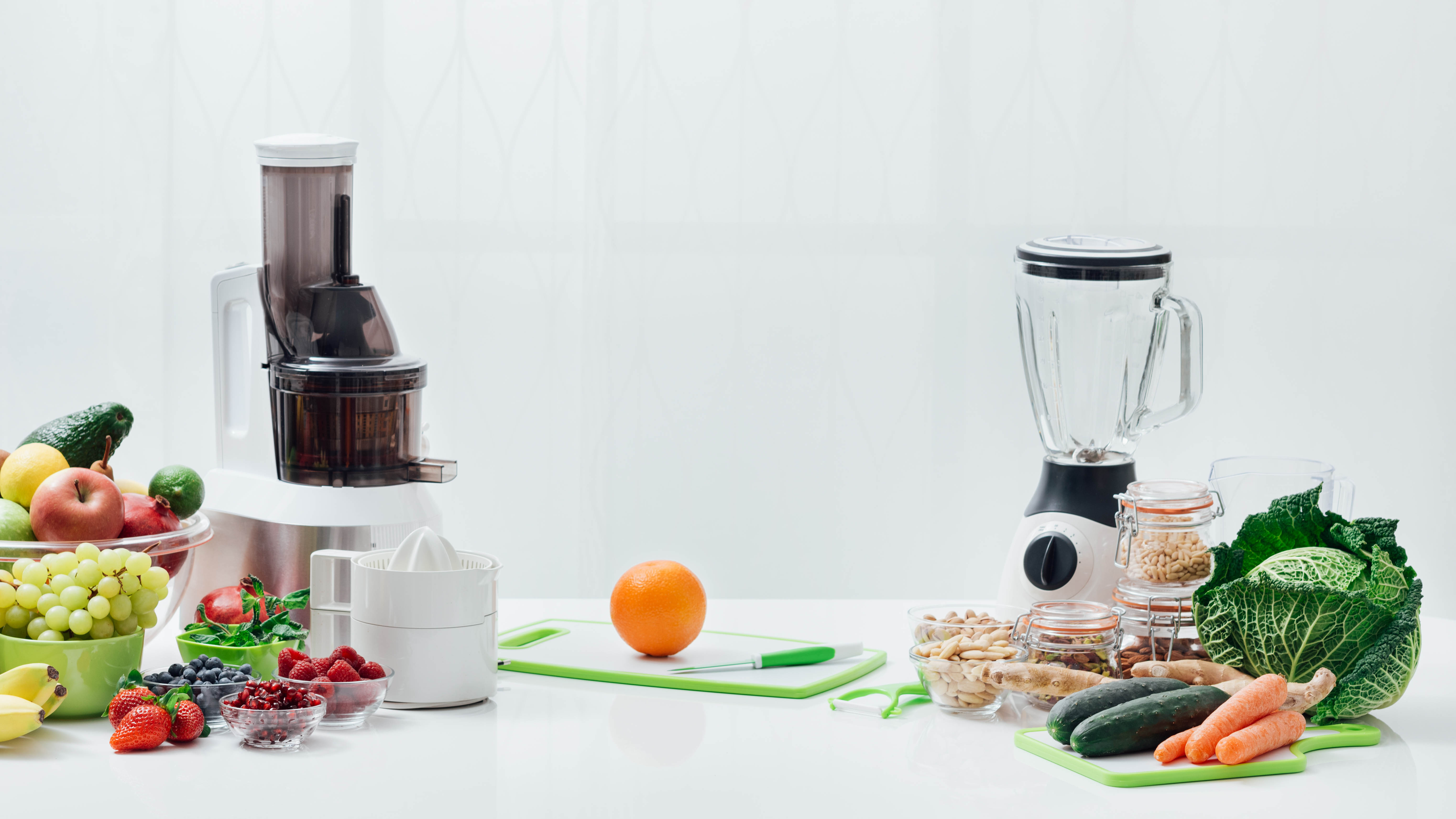
Whether you want a glass of fresh juice or a smoothie to kick-start your day, the juicer and blender are our go-to appliances. While the best juicers and best blenders are both designed to crush and process our favorite fruits and veggies, they offer very different results. But, what exactly is the difference?
We’ve broken down everything you need to know about our trusted juicers and blenders to find out what makes them different and why.
Want to know the difference between a food processor and a blender? Check out our guide on food processor vs. blender for more info.
Juicers vs Blenders: How do they work?
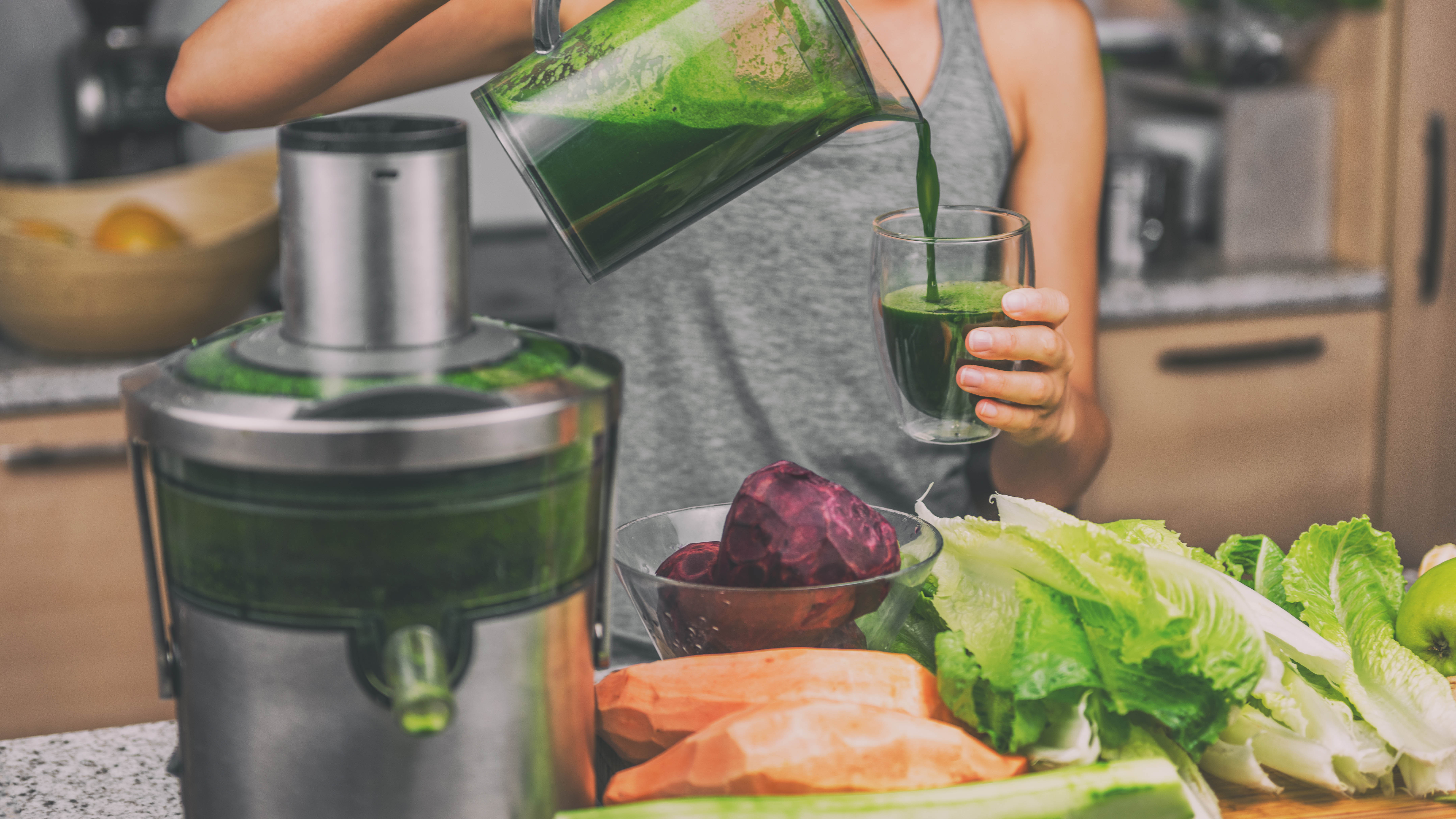
Essentially, juicers work by squeezing and extracting the juice from fruits and vegetables. A juicer will break down the fruit by separating the pulp, peel/skin, and seeds from the fruit, as the juice flows out through a sieve. The pulp (fiber) is then collected in a separate chamber or container to dispose of. Here are 7 top tips to get the best out of your juicer.
In short, blenders literally blend and pulverize all of the ingredients placed inside. Typically, there is a single blade or blades (in some models) that rotate at high speeds to chop and mix everything together. They are usually much more versatile than juicers as they have the power to blend, chop, or slice ingredients. Unlike a juicer that removes pulp, blenders don’t, so you’ll ingest the entire fruit plus the seed and pulp.
Blenders are usually high-powered and can tackle anything from soft fruit and hard vegetables to even ice. It also has various speed settings that can be adjusted if you prefer a smooth or coarse texture to your drinks.
Bear in mind that there are some ingredients which blenders struggle with though; here are 11 things you should never put in a blender.
Sign up to get the BEST of Tom's Guide direct to your inbox.
Get instant access to breaking news, the hottest reviews, great deals and helpful tips.
Juicers vs Blenders: What are the different types?
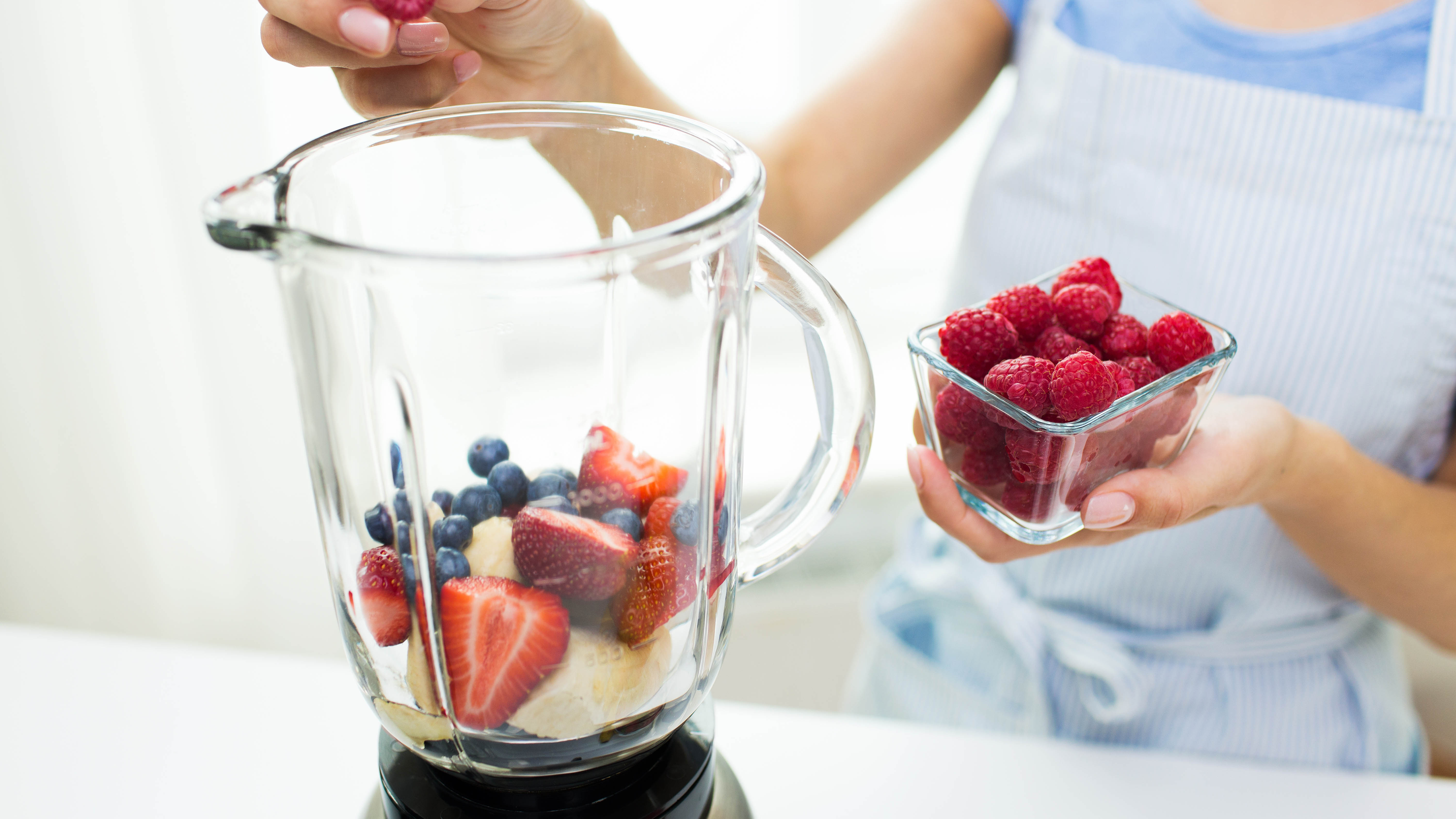
There are different types of juicer (to confuse you even more!) to suit your preferences. These are centrifugal juicers or fast juicers, twin-gear/triturating juicers, hand-crank juicers, and masticating/cold-press juicers.To find out what each of these juicers do, check out our masticating vs centrifugal juicer: Which is best? guide.
Typically, there are two types of blender: immersion and countertop. Immersion/stick blenders are small, handheld appliances with a blade at their bottom. This blends ingredients in a container, such as a pot, and often includes other attachments for mixing and chopping. Countertop blenders have stronger motors than immersion blenders and are attached to their own jug to throw in all your ingredients.
Juicers vs Blenders: What are they used for?
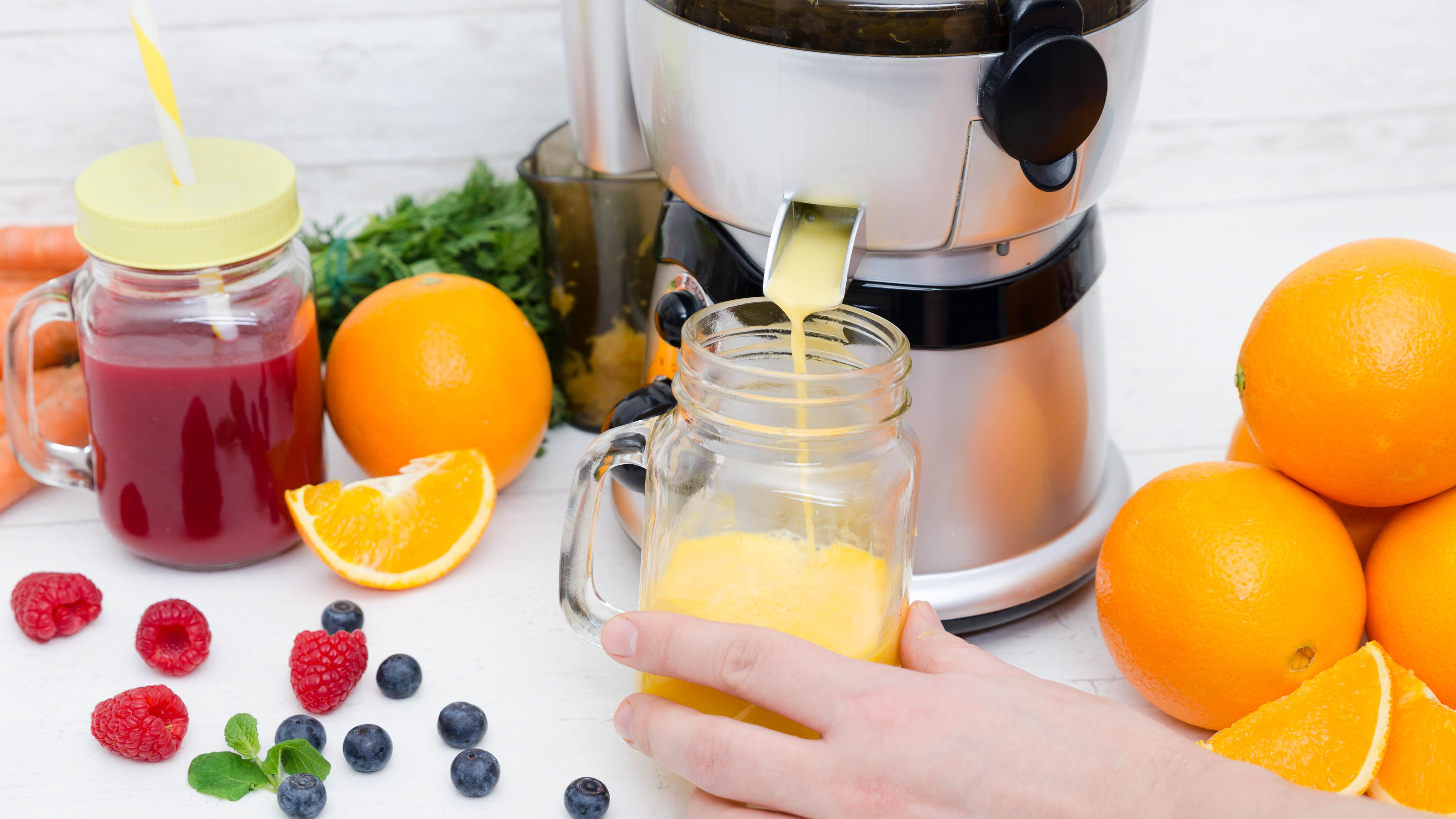
The key function of a juicer is to solely extract juice from fruits and vegetables by separating the pulp. This should always result in clear juice, free of peel, pulp and annoying seeds, with a high water content.
Blenders can do so much more than just make smoothies, and are used to make sauces, soups, dips, baby food and can even crush ice. Blenders are not to be confused with food processors, which chop, grate, shred, mix and slice foods.
Juicers vs Blenders: Health benefits
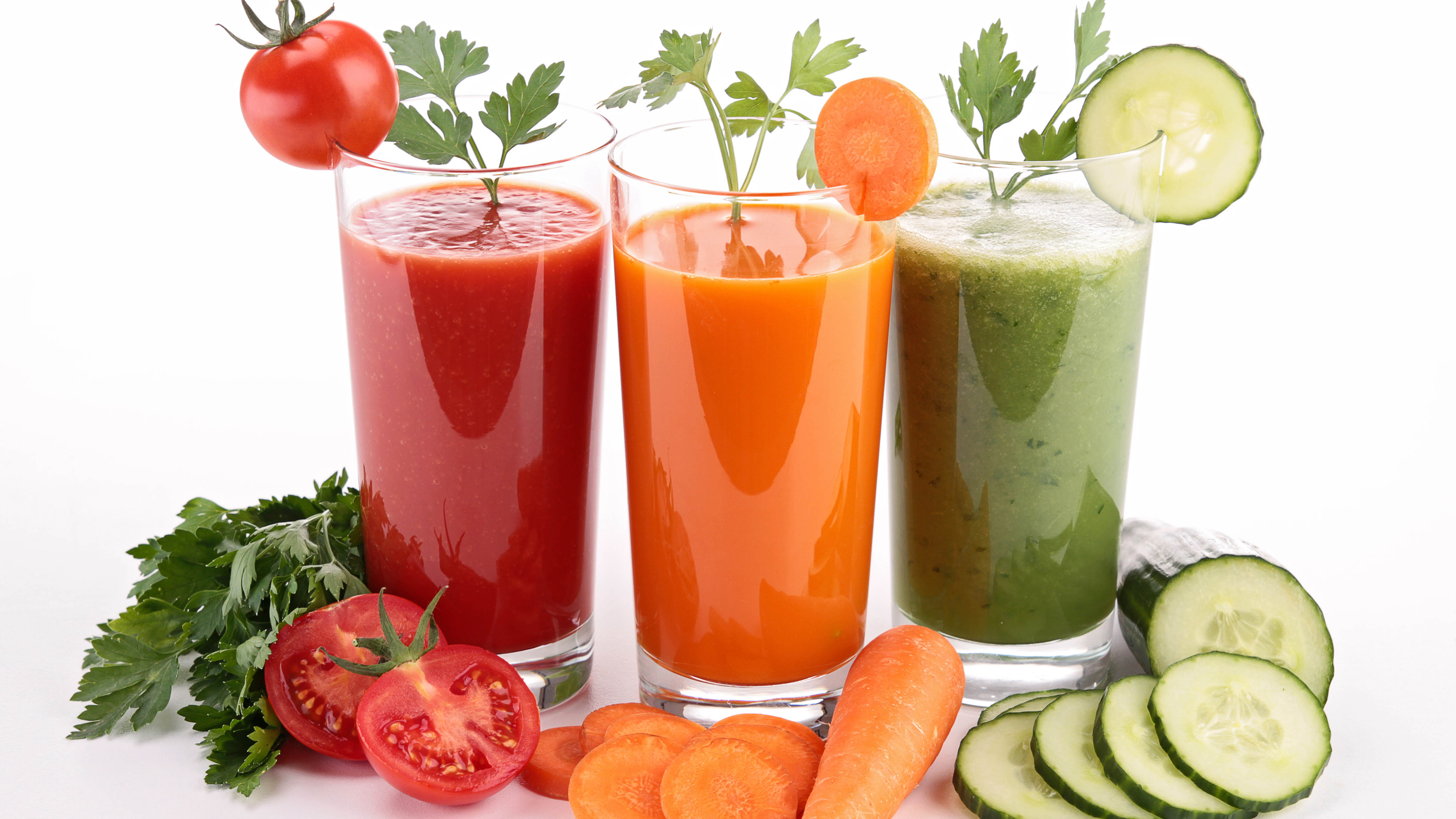
A glass of fresh juice is healthier than any shop-bought juice, and you tend to consume more fruit and vegetables in a juicer. However, since it removes pulp (fiber), this also extracts the fiber that our bodies need. In any case, juicers produce more vitamins than blenders, and it’s easier to ingest a higher concentration of vitamin C in a glass of fresh juice. Plus, it’s more refreshing compared to eating a few oranges every day.
Unlike the juicer that’s designed to remove pulp, the blender keeps the fiber content from our fresh produce. Fiber is essential for gut health and plays an important role in digestion. It also keeps us full, and there is less wastage from our fruit and vegetable intake. So bear this in mind each time you’re drinking your thick and creamy smoothies.
.
Juicers vs Blenders: How easy is it to use and clean?

Typically, juicers need more attention, as you have to manually add one piece of fruit or vegetable at a time. Depending on the size and type of juicer, cleaning can be a little tricky. This is because they come with strainers and other complex attachments that often have built-up pulp or seeds after use. These require proper scrubbing to remove any particles and odors immediately after use. There may only be a few parts that are dishwasher safe.
As far as small appliances go, blenders are simple and straightforward to use. You simply add your ingredients into the container and start blending. Most blenders don’t have as many parts as a juicer and are easy to clean. The best thing is most parts can simply be placed straight into the dishwasher.
Juicers vs Blenders: Which should you buy?
Whether you buy a juicer or blender depends on your needs and preference. If you're looking for something to specifically make clear (and pulp free) juice every morning, then a juicer is ideal. Juicers produce a high concentration of vitamins which are easier to ingest than eating several fruits a day.
If, however, you want something more versatile, that does more than crush fruit and vegetables, a blender fits the bill. Bear in mind though, that blenders retain the pulp, skin and seeds, producing a thicker consistency. However, the fiber content is beneficial for gut health, and you will feel full quickly, so it’s still a win-win. In any case, you can’t beat a refreshing glass of homemade juice or a smoothie!

As the Homes Content Editor, Cynthia Lawrence covers all things homes, interior decorating, and garden-related. She has a wealth of editorial experience testing the latest, ‘must-have’ home appliances, writing buying guides and the handy ‘how to’ features.
Her work has been published in various titles including, T3, Top Ten Reviews, Ideal Home, Real Homes, Livingetc. and House Beautiful, amongst many.
With a rather unhealthy obsession for all things homes and interiors, she also has an interior design blog for style inspiration and savvy storage solutions (get rid of that clutter!). When she’s not testing cool products, she’ll be searching online for more decor ideas to spruce up her family home or looking for a great bargain!
